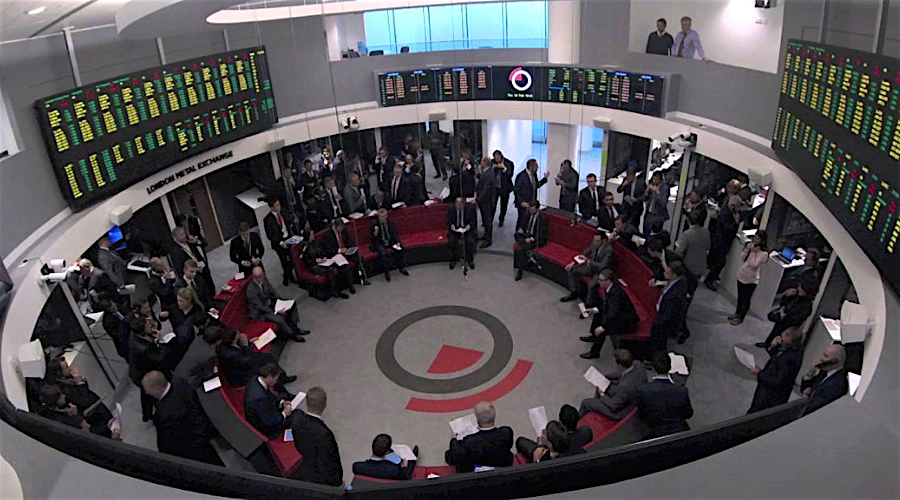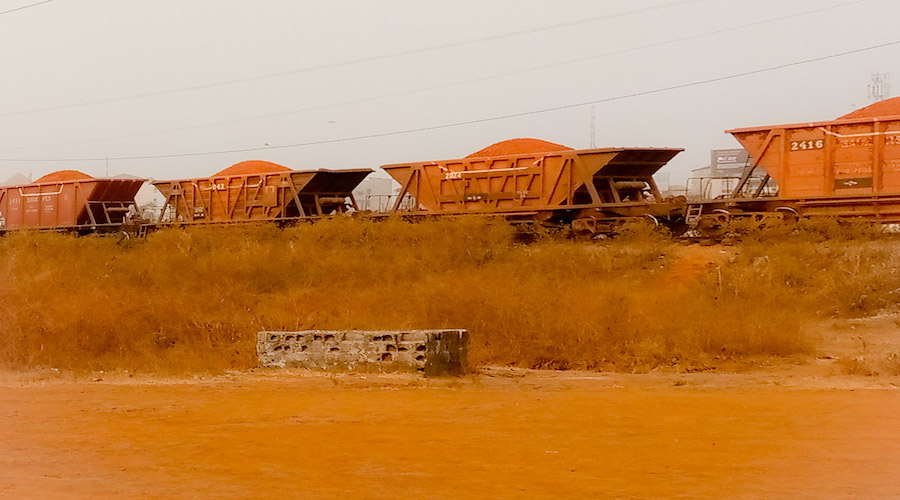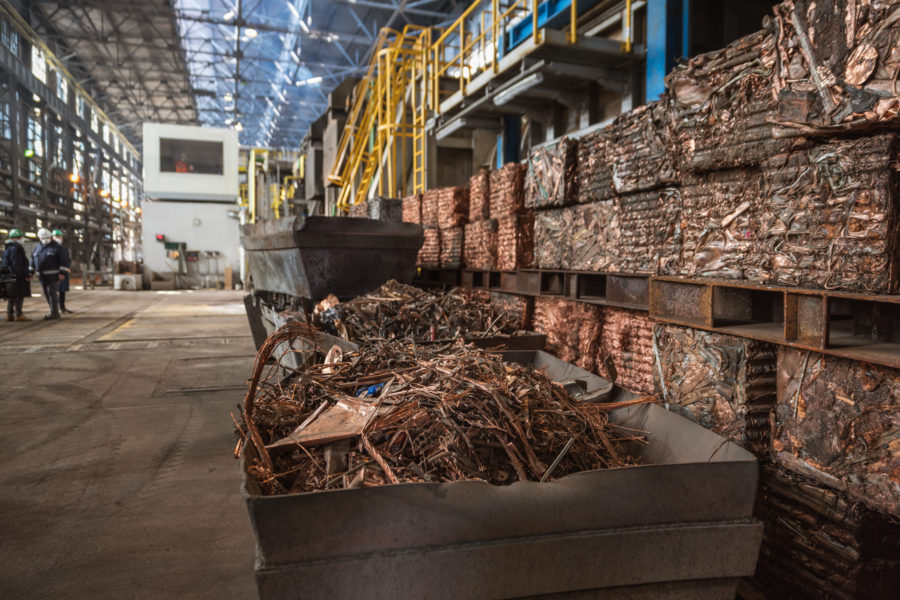“There’s a scramble to replace Russian material with non-Russian material, which in some cases should be doable, but in others not so much,” said Robin Bhar, an analyst at Societe Generale SA, from London.
The sanctions are having an immediate and disruptive effect on global supply chains, which feed raw material into cars, planes and packaging. Rusal accounts for about 6 percent of the global aluminum market and is now completely cut off from the Western financial system.
Aluminum surged 13 percent this week, the biggest increase since the London Metal Exchange launched the current version of the contract in 1987. On Friday, prices steadied near a six-year high, trading at $2,320 a ton.
“Everybody’s been forced to take a hard look at aluminum,” said Fiona Boal, the director of commodity research at London-based Fulcrum Asset Management LLP, which has $7 billion under management. “We haven’t seen that contagion risk for a number of years.”
Analysts at ICBC Standard Bank Plc said they don’t expect a sudden shortage of primary aluminum worldwide, but the impact will be in regional premiums and more specialized downstream markets.
“Exactly how the aerospace, packaging, electronics and, to a degree, automobile consumers of Rusal material resolve this problem is currently very unclear,” the analysts said.
Here’s how the sanctions are already affecting the market:
Stockpiles grab
Customers fearing a supply crunch are snapping up stockpiles on the LME. On Friday, canceled warrants rose 35 percent to 370,350 tons, the biggest increase since 2011. The measure tracks orders for aluminum in warehouses monitored by the exchange.
“We are not sure how Rusal’s supply will come back into the market,” said Cameron Karami, an analyst at Natixis SA in London. “Short-term inventory will get drawn down.”

Premiums skyrocket
One example of customers rushing for material — the U.S. premium, a measure of the cost to secure LME aluminum and ship it to the Midwest, jumped by the most on record.
The duty-paid premium by consumers to suppliers surged to a range of 21.75 cents to 23.55 cents a pound, according to Austin, Texas-based researcher Harbor Intelligence, up from a prior range of 17.25-18 cents.

Spreads blow out
The structure of the aluminum market has flipped into backwardation. The rush to secure metal from the exchange has pushed aluminum for delivery now above prices farther in the future. One-year metal is $87 a ton more expensive than one-month, the most since 2007.
Alumina leaps
The price of alumina, the key ingredient for making aluminum, is approaching an all-time high. Rusal declared force majeure on some alumina shipments on Thursday, according to a person familiar with the matter. And that’s on top of production cuts at the world’s top alumina refinery in Brazil.
Prices in the Atlantic market are at $565 a metric ton, according to consultancy CRU Group, up 26 percent in the past week.
“Prices show no sign yet of approaching a ceiling,” said Anthony Everiss, senior consultant at CRU.
(Written by Eddie van der Walt and Felix Njini)







